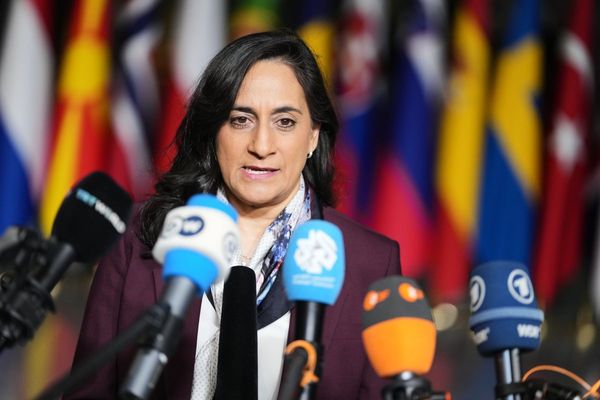
India's exchange rate is cracking after a period of remaining steady. But this time, it is not the Reserve Bank of India’s (RBI) interventions but rather an old foe—oil prices. Since September, the rupee has weakened more than 3%, and rates in the forward market indicate that the fall won’t stop here.
The global commodity price surge has intensified, with Brent crude now trading around $80 per barrel. This is an uncomfortable level for net importers such as India. Granted, the country’s external position is well buffered, with forex reserves at an all-time high. They provide an import bill cover of 14 months. That said, a higher import bill translates to higher inflation back here, which erodes the currency’s value versus its global peers.

Yet another reason is the US Federal Reserve’s imminent tapering of bond purchases. The Fed has indicated it would begin pruning its asset purchases by December. This means fewer dollars in the global markets than before. This explains why the dollar index has surged recently. The collateral damage is the depreciation of emerging market currencies, including the rupee.
The Indian currency’s fall is gaining pace now, and analysts are wondering whether the central bank would step in to support the rupee. One indication of what RBI may do is its assumptions in making FY22 projections for inflation and growth. The monetary policy report shows that RBI has assumed the rupee at an average of 74.3 per dollar in its projections. On Tuesday, the rupee breached a key support level, and the dollar/rupee pair touched 75.68, just a few yards away from the all-time low of 76.87 touched in April 2020.
Given the sentiment impact that could drag the exchange rate further, the probability of an intervention is high.







